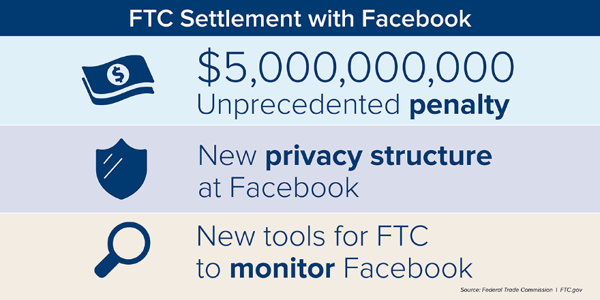Greetings, this is the first in a series of blog posts on security for houses of worship. Crime Prevention personnel across the country are engaging their faith communities to take a proactive approach to securing their locations and prepare for emergencies. As in my community of Pittsfield Twp. we've heighten the awareness of security with our "Church Watch" program.
In this post I want to highlight the outstanding presentation that I attended on September 7th, '19, sponsored by the Novi Police Department and hosted at the beautiful Brightmoor Christian Center in Novi Michigan. This is their second training session offered the first was in April of 2018.
The target audience for this presentation was for faith leaders, volunteers, and security teams that have been created / appointed in their respective locations. Detective Jon Zabick who opened the program provided a "theological and ecclesiological approach" - an overview of why security in places of worship is so important for faith communities in the current climate in which we live.
Sgt. Robert Manar, provided an overview of "A.L.I.C.E." training that is being used by law enforcement, schools and many businesses. "A.L.I.C.E." is the acronym for "
Alert,
Lockdown,
Inform,
Counter,
Evacuate - (
https://www.alicetraining.com/) This concept is similar to "Run, Hide Fight" promoted in other training programs.
Lt. Keith Woutinen provided an overview of "Legal Considerations", this was one of the focus sessions that provided an overview of Michigan Laws (select excerpts of relevant statues) about "possession of a firearm on certain premises prohibited, applicability; violation as misdemeanor; penalty".
*The full text of statues (750.234d /28.425o/ 750.552/750.169/ 750.224d/ 750.233/ 750.234e / 752.863a/780.972/780.973/780.951/780.951/600.2922b/) can be found at
www.legislature.mi.gov
One of the most important messages that was provided by the Novi Police Department team; Det. Jon Zabick, Sgt. Robert Manar, Lt. Keith Woutinen, and the other presenters was to create an "emergency preparedness plan" that includes not just active shooter, but medical emergencies, domestic violence, fires, missing children, disaster preparedness and more.
The focus breakout sessions offered for those in attendance:
1.) "Starting A Security Team: From Ideas to Implementation", presenter- Mike Harvill, Security Coordinator Kensington Church , Security Leaders Coalition.
2.) "Navigating Pastoral Concerns", presenters - Rev. Aaron Hlavin, Lead Pastor Freedom Christian Church and Rev. Jeff Hlavin, also of Freedom Christian Church
3.) "Legal Considerations" - presenter Lt. Keith Woutinen, Novi P.D.
4.) "Responsible / Realistic Training" - presenter Michael Simmons, Security Training Coordinator / Lead Instructor Kensington Church campuses
5.) "Security and the Small Congregation" - Det. Jon Zabick Novi P.D.
Our faith communities have always been open and welcoming to all who which to attend but those who wish to cause harm see the faith community locations as a place to cause harm, from a law enforcement perspective faith locations are "soft targets" and steps must be taken to decrease crimes of opportunities.
I was also impressed by the Brightmoor Christian Church's leadership on this issue and their hospitality as the host site. Their members reached out to everyone in attendance to welcome and assist with finding the breakout rooms and more. You can find photos of the event posted on the Brightmoor Instagram page @
https://www.instagram.com/p/B2HpK17nbbF/
It is important to also thank the leadership of Novi Police Department, Chief David Molloy and staff for creating this important program for the faith community.
In a future blog post, I'll be providing more information on the Security Leaders Coalition and the training and resources offered to faith community security teams.
As a pastors son and three brothers pastoring safety and security in houses of worship is a conversation we have often. I'm also assisting at my church, Oakwood Bapt. Church with creating a safety team and following this model.
We all have to be the
eyes and ears to report suspicious persons /activity starting with the faith communities parking lot.
Watch for the upcoming blog post on the new the DHS campaign,
"See something, Say something".
Rich Coleman, PSCC, Pittsfield Twp. DPS / Legislative Liaison CPAM
Novi Police Departments webpage:
Novi Police Department









































